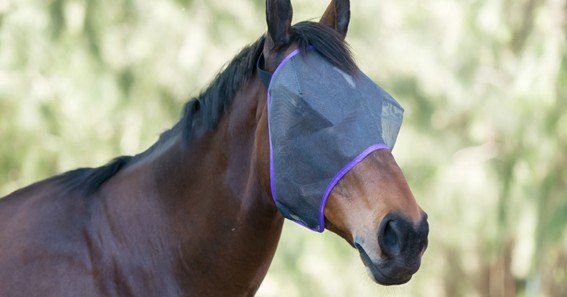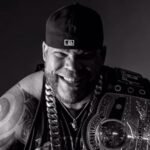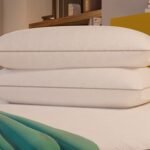Protecting horses from flies and other biting insects is essential for their comfort and health. A horse fly mask serves as a crucial barrier against these pests, preventing irritation and potential diseases.
Understanding Horse Fly Masks
A horse fly mask is a protective gear designed to cover a horse’s eyes, ears, and sometimes the nose, shielding them from flies and other insects. These masks are typically made from lightweight, breathable materials like mesh, allowing visibility and airflow while keeping pests at bay.
Benefits of Using a Horse Fly Mask
- Protection from Insects: Fly masks prevent flies, mosquitoes, and other insects from biting sensitive areas, reducing the risk of irritation and infection.
- UV Protection: Many fly masks offer UV protection, safeguarding horses with light-colored coats or sensitive skin from sunburn.
- Eye Health Maintenance: By keeping debris and insects away, fly masks help maintain eye health and prevent conditions like conjunctivitis.
Types of Horse Fly Masks
- Standard Fly Masks: Cover the eyes and part of the face, leaving ears and nose exposed.
- Fly Masks with Ears: Provide additional coverage for the ears, protecting against insects that target these areas.
- Fly Masks with Nose Covers: Extend protection to the nose, beneficial for horses prone to sunburn or irritation in that area.
- Full-Coverage Fly Masks: Encompass eyes
Types of Horse Fly Masks
- Standard Fly Masks: Cover the eyes and part of the face, leaving ears and nose exposed.
- Fly Masks with Ears: Provide additional coverage for the ears, protecting against insects that target these areas.
- Fly Masks with Nose Covers: Extend protection to the nose, beneficial for horses prone to sunburn or irritation in that area.
- Full-Coverage Fly Masks: Encompass eyes, ears, and nose for comprehensive protection.
Selecting the Right Horse Fly Mask
When choosing a fly mask, consider the following factors:
- Fit: Ensure the mask fits snugly without being too tight, preventing insects from entering while avoiding discomfort.
- Material: Opt for durable, breathable materials that allow airflow and visibility.
- UV Protection: For horses with sensitive skin, select masks offering high UV protection.
- Ease of Use: Look for masks with secure yet easy-to-use closures for convenience.
Maintenance and Care
- Regular Cleaning: Wash the mask regularly to remove dirt and sweat, maintaining hygiene and comfort.
- Inspection: Routinely check for signs of wear or damage, replacing the mask as necessary to ensure effective protection.
- Proper Storage: Store the mask in a clean, dry place when not in use to prolong its lifespan.
FAQ
- Why should I use a horse fly mask? A fly mask protects your horse from biting insects and UV rays, reducing irritation and the risk of infections.
- How do I choose the right size fly mask for my horse? Measure your horse’s head and refer to the manufacturer’s sizing chart to select a mask that fits snugly yet comfortably.
- Can my horse wear a fly mask all day? Yes, but it’s advisable to remove the mask daily to check for any issues and allow the skin to breathe.
- How often should I clean the fly mask? Clean the mask at least once a week, or more frequently if it becomes dirty or sweaty.
- What features should I look for in a quality fly mask? Look for durable materials, a comfortable fit, adequate coverage, UV protection, and secure closures.
Incorporating a horse fly mask into your equine care routine is a simple yet effective way to enhance your horse’s comfort and health during fly season.
Take a look at this interesting piece hide-a-bed










